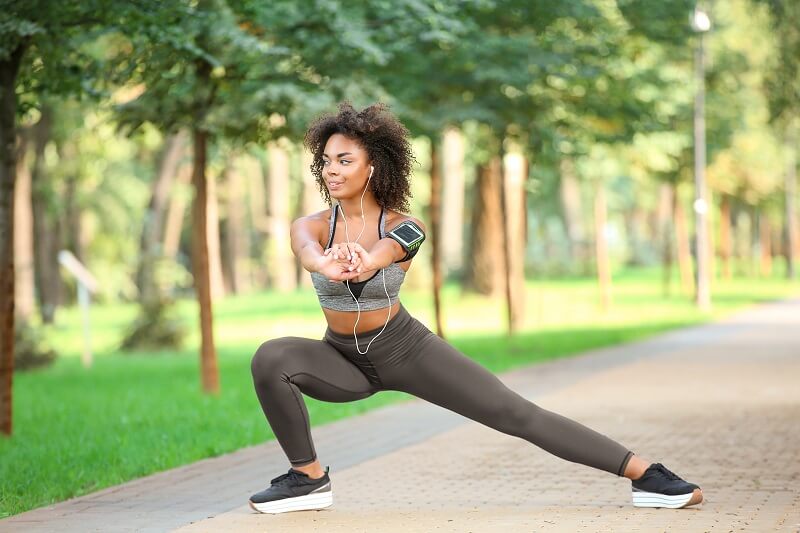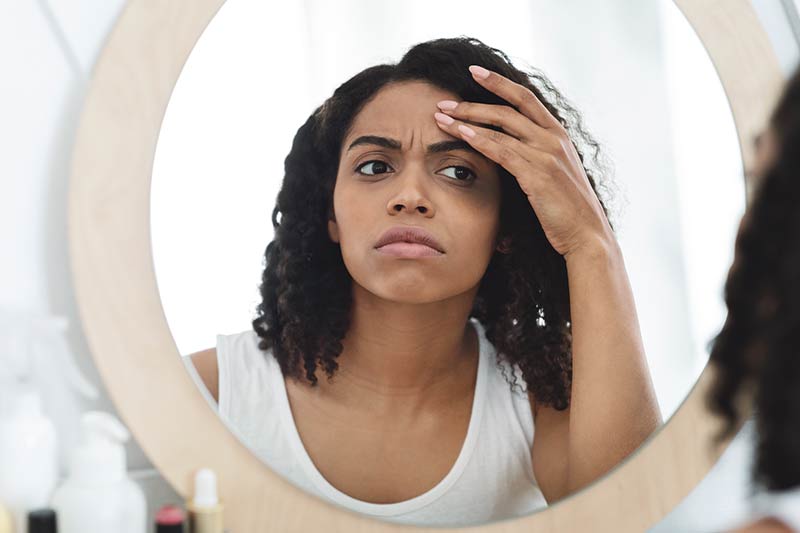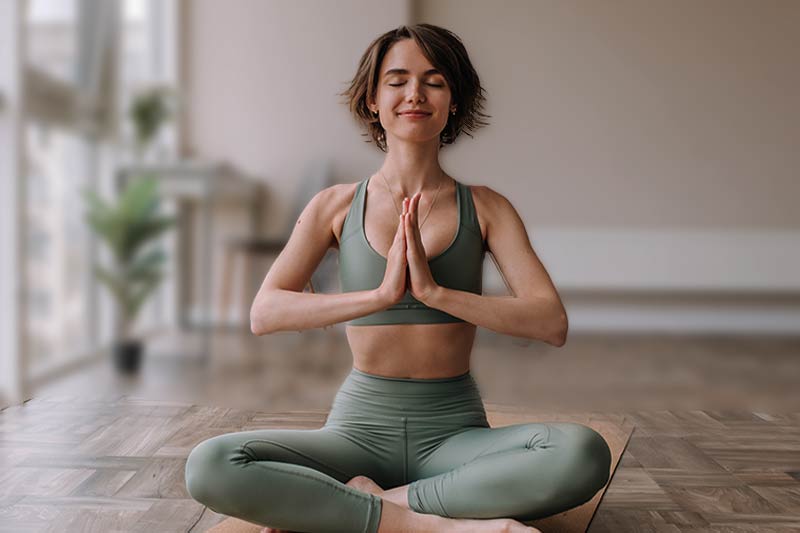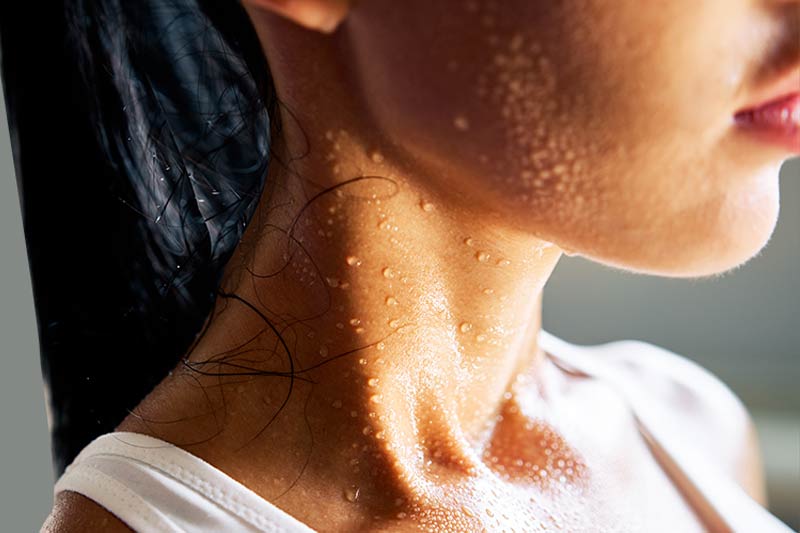Exercise is an integral part of many people’s lives. They plan their daily schedule to include at least some physical activity to stay fit and mentally sharp.
Though exercise offers impressive benefits for physical, emotional, and mental wellbeing, doctors caution against it in certain situations, such as after cosmetic treatments. If you are among active individuals who regularly work out, you may be wondering whether exercise after Botox is safe.
This article will help you optimize physical activity, suggesting which exercises to do and which to avoid after Botox.

Can I Exercise After Botox?
Medical professionals don’t recommend vigorous exercise after a Botox treatment. Botox injections take time to settle, so any pressure on the treated area or brisk movements may cause Botox to disperse.
Refrain from activities that involve jumping, running, getting your heart rate up, sweating, and using equipment that puts pressure on your face.
However, exercises for the face can be beneficial and help the neurotoxin soak into the muscles faster. They involve moving your face moderately as instructed by your Botox provider, typically by making the following facial expressions:
- Smiling
- Frowning
- Raising eyebrows
Avoid making excessive facial expressions or rubbing, touching, and massaging the treated area.
How Soon Can I Exercise After Botox?

Medical providers make recommendations regarding exercise after Botox based on the patient’s unique condition. The general rule regarding exercise after Botox is to avoid cardio exercises 24 hours after the treatment.
Consult your doctor about how soon you can start. In most cases, the following timeline applies.
- 4 hours post-treatment - Light exercise that doesn’t involve bending your head below the heart or lying down.
- 24 hours post-treatment - Moderate physical activity that doesn’t raise your heart rate too much or cause excessive sweating.
- 48 hours post-treatment - In most cases, the patient can resume their usual physical activities, including vigorous exercise.
Note that, in some cases, medical providers recommend refraining from strenuous exercise for up to a week.
Note: Find out how long after Botox you can lie down.
What Type of Exercises Are Safe After Botox?
Doctors recommend waiting at least four hours to engage in physical activity after Botox and ensuring the exercises are light. The heart rate should stay within 50-60% of your maximum and the activity should be gentle enough not to cause sweating. Examples include:
1. Slow Walking
Replace your regular fitness regimen with a pleasant walk on the day of your Botox procedure. Don’t move your head around too much or touch your face. Make sure your face is not exposed to direct sunlight because the heat dilates blood vessels and may cause Botox to diffuse to other areas.
2. Upright Yoga, Pilates, or Gentle Stretching
You can engage in light exercises such as yoga, Pilates, and stretching if you don’t bend your head or lie down. Avoid downward-facing movements that may cause Botox to spread.

3. Light Housework and Gardening
Gardening and light housework, such as dusting, cooking, and washing dishes, are generally safe after Botox. However, avoid sunlight, bending your head down, applying pressure to your face, and swift movements that may raise your heart rate and blood flow.
4. Facial Exercises
Facial exercises like smiling, frowning, and raising the eyebrows contract muscles. Light facial exercise is recommended because it helps Botox flow into the muscles and settle in.
What Type of Exercises to Avoid After Botox?
The best way to avoid complications and ensure desired results after Botox is to refrain from strenuous exercise for 24-48 hours after the treatment. Strenuous exercise is that which raises the heart rate above 70% of the maximum, accelerates breathing, and makes it difficult to talk while exercising. Also avoid all activities that involve bending the head below the heart.
Exercises to avoid include:
1. Brisk Walking, Jogging, and Running
Brisk walking, jogging, and running cause facial muscles to move, which can inhibit proper Botox settling. The activities also increase blood flow and dilate blood vessels, often leading to bruising and swelling. Refrain from these activities for at least 24 hours after Botox.
2. Cardio
Cardio exercises raise your heart rate and increase the risk of bruising, swelling, and unintended Botox migration to other areas. Cardio activities to avoid include the following:
- Aerobics
- High-intensity interval training (HIIT)
- Rowing
- Dancing
- High-intensity cycling
- Jumping rope
3. Swimming
Avoid swimming after Botox primarily because of the swimming gear. Swimming hats and goggles may apply pressure on your Botox injection area and diffuse the neurotoxin.
4. Contact Sports
Sports like basketball, soccer, and boxing involve physical contact and a high chance of rubbing and applying pressure to the treatment area. This can potentially cause Botox to disperse, which can negatively impact the results and prolong recovery.
5. Weightlifting
Lifting weights exerts muscles and increases blood flow, causing Botox to migrate and increasing the risk of swelling and bruising. Avoid lifting any weights for 24-48 hours.
6. Exercises on the Floor (Yoga, Pilates)
Avoid exercises on the floor that require you to bend your head or practice downward positions. Bending after Botox may cause the neurotoxin to spread to other areas.
Note: Limiting exercise is one of many ways to ensure you get the most out of your Botox treatment. For more tips, check out our complete guide to Botox aftercare.
Exercise After Botox FAQ
Active individuals who want to get back to their routine as soon as possible after Botox should review the following FAQ. The information emphasizes the importance of a safe routine after treatment.
Can Cardio Affect My Botox Results?
Engaging in cardio exercise too soon after Botox (before 24-48 hours have passed) increases the risk of the neurotoxin migrating to an unintended muscle and causing undesired results. They include droopy eyelids, uneven eyebrows, a crooked smile, and other facial asymmetries. It can also cause more severe health complications, such as vision problems and difficulty swallowing.
Can I Lift Weights After Botox?
Like cardio, lifting weights makes the heart pump faster and increases blood flow, which raises the risk of swelling and bruising, Botox spreading to unintended areas, and less-than-desirable results. Refrain from heavy weightlifting at least 24-28 hours after the treatment.
Will Sweating Affect My Botox?

Sweating is often the result of activities that increase heart rate and blood flow, which may cause Botox to spread beyond the target area. Sweat also increases the risk of infection at the injection site. For these reasons, doctors recommend avoiding activities that cause sweating before the injectable has settled properly.
What Happens If I Exercise Too Soon After Botox?
Exercise after Botox can cause the following adverse effects and reduce the effectiveness of the treatment.
1. Potential Migration
Involuntary touching of your face, wiping sweat, and applying pressure to the treated area during exercising may cause Botox to spread from the injected site to other locations. Botox can also migrate because of increased blood flow. This paralyzes unintended muscles and may result in uneven facial features.
2. Bruising
Exercising immediately before and after the procedure increases blood flow and heart rate, leading to post-Botox bruising. The injection area may look reddish, purple, or inflamed for a few days.
3. Swelling
Swelling after Botox is typically mild, localized, and temporary. Vigorous exercise can prolong or worsen this condition, making the skin around the area tender or sore to the touch.
4. Bumps
Some patients experience small, painless bumps after Botox that usually resolve on their own. Excessive movement and exercise may worsen this condition or extend its duration.
5. Temporary Discomfort
Strenuous exercise may cause temporary pain or discomfort at the injection site. Applying a cold pack to the sensitive area can help reduce the pain.
Should I See a Doctor About Exercise After Botox?
If you have been exerting yourself physically after a Botox treatment, you may experience side effects, such as the following:
- Increased bruising or swelling
- Intensifying pain
- Rash or blisters
- Trouble swallowing
- Difficulty breathing
- Blurry vision
- Dizziness or faintness
- Muscle weakness
Seek professional medical assistance if the side effects do not subside or become more severe.
Note: Learn more about common Botox side effects and learn how to prevent or minimize them.
Conclusion
Abstaining from working out may be challenging if it’s part of your everyday routine. However, remember it only lasts for a day. Sticking to an exercise routine at all costs isn’t worth the risk of up to three months of undesired Botox effects.
For the best Botox in Phoenix, book an appointment at Vibrant Skin Bar. Our skin experts will discuss your specific concerns and find the best treatment for you.


